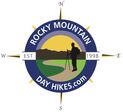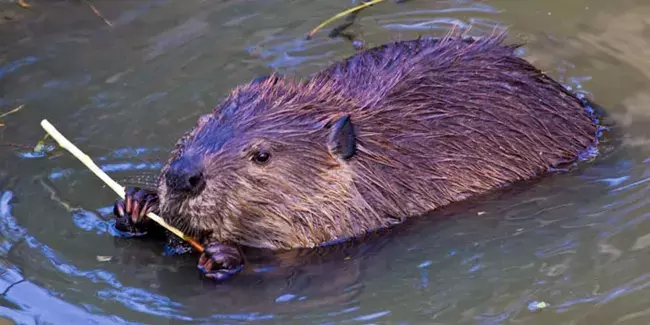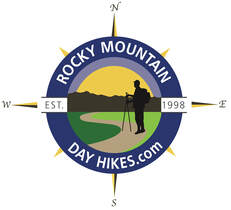|
Notes from the
Trail |
|
Where do beaver live in Rocky Mountain National Park? Researchers at Colorado State University conduct occupancy surveys to answer this question. Beaver are keystone species that play a major role in wetland ecosystem health and function. Known as “ecosystem engineers,” beaver help to create and maintain important wetland complexes through dam building and foraging. Beavers were once common throughout Rocky Mountain National Park (RMNP) but their population declined dramatically during the past century due to trapping, removal, and habitat loss. Because of their role as ecosystem engineers, increasing beaver populations is an important part of wetland restoration efforts outlined in the park’s Elk and Vegetation Management Plan and the Kawuneeche Valley Restoration Collaborative (KVRC). Signs of Beaver Occupancy and Activity Current knowledge of the park’s beaver populations is limited to a handful of locations. To increase this understanding, researchers from Colorado State University are surveying the main tributaries of the Colorado River for signs of current and historic beaver activity in the Kawuneeche Valley. These occupancy surveys can help managers understand the density and distribution of both current and historic beaver populations. Signs of beaver activity include chewed stems, lodges, active and historic dams, and food caches. Signs of beaver activity from left to right: Recently chewed willow stems. A beave lodge made of sticks and mud. An active beaver dam. A food cache of aspen stems in the water. NPS Photo. Food cache photo courtesy of J. Sueltenfuss Habitat Quality Assessment Throughout the Kawuneeche Valley, the research team also documents vegetation characteristics and browse to assess the quality of beaver habitat there. Vegetation characteristics include type and proportion of shrubs present (willow, alder, and/or birch), shrub height and canopy cover, and shrub health. The amount and type of browse by beaver, elk, and moose are also documented. By comparing habitat quality data for areas with past, present, and no beaver activity, researchers may be able to predict conditions that do or do not support beaver occupancy. This information can be used by managers to inform the type and location of different wetland restoration strategies. Funding for this research comes from the Rocky Mountain Conservancy. Their support makes projects like this possible.
0 Comments
Leave a Reply. |
"The wild requires that we learn the terrain, nod to all the plants and animals and birds, ford the streams and cross the ridges, and tell a good story when we get back home." ~ Gary Snyder
Categories
All
“Hiking -I don’t like either the word or the thing. People ought to saunter in the mountains - not hike! Do you know the origin of the word ‘saunter?’ It’s a beautiful word. Away back in the Middle Ages people used to go on pilgrimages to the Holy Land, and when people in the villages through which they passed asked where they were going, they would reply, A la sainte terre,’ ‘To the Holy Land.’ And so they became known as sainte-terre-ers or saunterers. Now these mountains are our Holy Land, and we ought to saunter through them reverently, not ‘hike’ through them.” ~ John Muir |
© Copyright 2025 Barefoot Publications, All Rights Reserved





